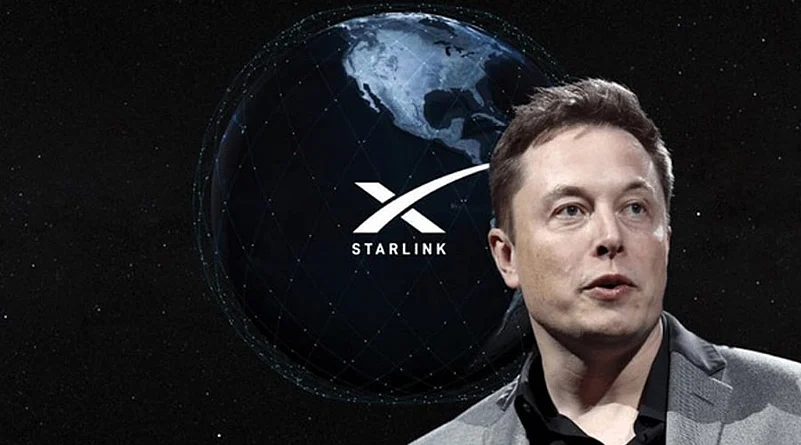Starlink Gets Government Approval in India: A New Era for Satellite Internet Begins
India is officially on the brink of a digital revolution in connectivity. On June 6, 2025, Elon Musk’s Starlink—SpaceX’s satellite internet arm—received a long-awaited commercial license from the Department of Telecommunications (DoT). This milestone marks Starlink’s formal entry into India’s broadband market, which has long struggled to reach remote and rural areas.
Communications Minister Jyotiraditya Scindia confirmed the news on June 18, 2025, calling it a major boost for India's digital infrastructure. With this government green light, Starlink has now joined the elite club of satellite internet providers in India, alongside Bharti-backed OneWeb and Reliance Jio's satellite services.
What is Starlink and Why is it Important for India?
Starlink is a satellite-based broadband service that provides high-speed internet access using a constellation of low-Earth orbit (LEO) satellites. Unlike traditional broadband that requires extensive ground infrastructure, Starlink can deliver internet almost anywhere—from Himalayan villages to remote islands.
In a country where over 40% of rural regions still lack reliable internet, this could be transformative. India’s remote districts, tribal areas, border zones, and hilly terrains can finally be brought into the digital economy.
What's Next After Approval?
Although Starlink has secured its license from the DoT, a few more steps remain before services officially begin:
-
IN-SPACe Clearance – India’s national space regulator must approve the deployment of Starlink’s satellite terminals and network equipment.
-
Spectrum Allocation – Starlink needs specific satellite communication bands to transmit data, pending regulatory assignment.
-
Security and Compliance Checks – India will assess the security architecture of Starlink's communication network before full rollout.
-
Infrastructure Setup – Ground stations and logistics distribution will be key to managing service, installation, and customer support.
According to government sources, the full-scale launch is expected by late 2025 or early 2026.
Starlink’s India Strategy: Partnerships and Distribution
Starlink is not coming alone—it is building strategic alliances. Reports suggest the company is in talks with both Airtel and Reliance Jio for retail partnerships to distribute user terminals (dish antennas) and modems. These partnerships can accelerate reach and make setup seamless for Indian consumers.
Moreover, the company is also aligning itself with the Digital India initiative, aiming to help the government bridge the digital divide in schools, hospitals, and underserved communities.
Starlink India Plans: Pricing, Speed & Hardware
Although official pricing is yet to be released, preliminary estimates suggest:
-
One-time hardware cost: ₹33,000 (dish antenna, router, installation)
-
Monthly subscription: ₹3,000–₹4,200 for unlimited data
-
Introductory offers: Promotional rates may go as low as ₹840/month in select areas
-
Internet speed: Between 50 Mbps and 220 Mbps, depending on location and load
These figures make Starlink more expensive than local fiber providers, but its value lies in accessibility, not affordability—especially for regions where no other provider can reach.
The Bigger Picture: Starlink vs Indian Telecom Giants
India’s telecom giants are watching closely. While OneWeb and Jio Satellite already have clearance, Starlink’s brand power and tech superiority pose real competition. What sets Starlink apart is its real-time low latency and rapid global scalability.
As spectrum allocation policies evolve, Starlink’s entry is also testing India's ability to adapt its laws to global tech giants. So far, the government has shown a pro-business approach, balancing innovation with national security.
What This Means for You
If you live in a metro city, Starlink may not be your first choice due to higher costs and urban broadband competition. But if you’re in a rural or remote region where fiber hasn’t reached or 4G is patchy, Starlink could be the internet lifeline you've been waiting for.
Students, farmers, remote workers, schools, and hospitals in underserved areas stand to benefit the most.
Conclusion: A New Star on India’s Digital Horizon
The Starlink launch approval in India marks more than just another internet service—it’s a leap toward equitable digital access. By the end of 2025, Starlink may connect thousands of previously offline villages, giving them access to online education, telemedicine, e-commerce, and financial services.
As we await final clearances and official rollout, one thing is certain: the stars are aligning for India’s digital future, and Starlink is leading the charge.









